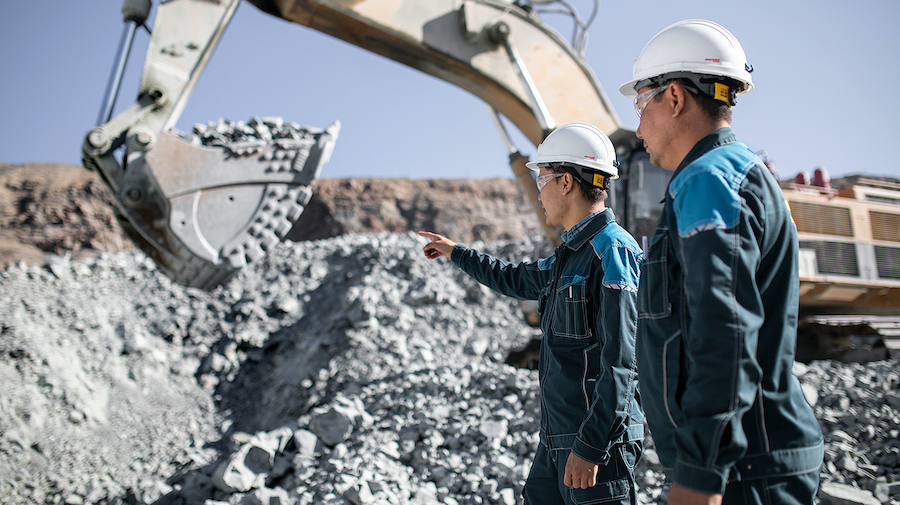
Pairing Altynalmas own models with Stratum’s AI, a ~2,500-meter drilling program was conducted outside the main pit. Once concluded, the miner verified a potential 43,000 ounces of gold that otherwise would have been missed.
“The hit rate of the SATS drilling program was 83%, which is extremely rare in the mining industry, and the samples indicated a 30% increase in average grade,” the Canadian firm said in a media statement. “What’s more, the program almost doubled the hits of high-grade ore over 10g per ton—sometimes called nugget grade—compared with previous programs at the mine, with some hits as high as 80g per ton.”
According to Stratum, the SATS system also reduced the cost of drilling by verifying 40% more material with the same number of meters.
“Altynalmas is one of seven miners across the globe that Stratum is working with. Because of the confidentiality of its agreements with clients, Stratum has only been able to make public limited results so far,” the press brief states. “In November, Stratum announced its work at a McEwen Mining Inc. operation in Canada showed its SATS system was about 75% more accurate in projecting the true value of gold excavated from the ground than the miner’s previous modelling. Stratum expects to announce more results later this year.”
How it works
As Stratum’s neural network is deployed, it accesses drill-hole data for predicting a region. During this learning process, historical production data can be integrated to better understand how geology is deposited.
The basic premise is that given input drill-hole data, it is possible to predict the gold grade to best fit the individual prediction and the dataset distribution. The dataset distribution loosely looks like a decaying exponential.
The input into the model is the surrounding drill-hole samples of a certain x,y, and z point the model is trying to predict. These points are bucketed together into a 3D grid to broadly look like a 3D picture composed of distinct pixels with 0.2-5% density. This has shown to be advantageous to flat encoding as it allows the model to aggregate local patterns before making the final prediction.
In this process, augmentation techniques are extremely crucial and a constant point of innovation. Some techniques include exploiting symmetry, sampling, negative sampling, varying encoding techniques (to distinguish no data with 0% grade if relevant), input data noise etc.
The actual neural network structure is somewhat dependent on hyperparameters relevant to mine geology and data availability.
“Stratum’s SATS system shifts mining economics away from open pits to more environmentally friendly underground mining,” the release states. “It also reduces uneconomical ore sent to mills by 40%, allowing companies to use 20% less water and energy.”
The company also pointed out that its solution is capable of cutting contamination by 45% by identifying deleterious metals like selenium, mercury and arsenic to ensure they stay in the ground and/or are identified and isolated so they don’t seep into water or air.




